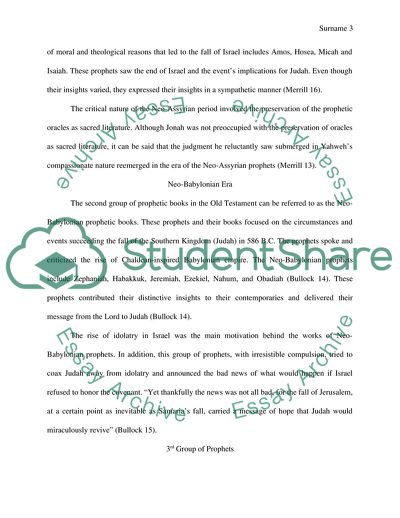Cite this document
(Origin of Old and New Testament Books Literature review Example | Topics and Well Written Essays - 1250 words, n.d.)
Origin of Old and New Testament Books Literature review Example | Topics and Well Written Essays - 1250 words. https://studentshare.org/religion-and-theology/1781981-how-all-the-books-of-the-old-and-new-testament-of-the-bible-came-to-be
Origin of Old and New Testament Books Literature review Example | Topics and Well Written Essays - 1250 words. https://studentshare.org/religion-and-theology/1781981-how-all-the-books-of-the-old-and-new-testament-of-the-bible-came-to-be
(Origin of Old and New Testament Books Literature Review Example | Topics and Well Written Essays - 1250 Words)
Origin of Old and New Testament Books Literature Review Example | Topics and Well Written Essays - 1250 Words. https://studentshare.org/religion-and-theology/1781981-how-all-the-books-of-the-old-and-new-testament-of-the-bible-came-to-be.
Origin of Old and New Testament Books Literature Review Example | Topics and Well Written Essays - 1250 Words. https://studentshare.org/religion-and-theology/1781981-how-all-the-books-of-the-old-and-new-testament-of-the-bible-came-to-be.
“Origin of Old and New Testament Books Literature Review Example | Topics and Well Written Essays - 1250 Words”. https://studentshare.org/religion-and-theology/1781981-how-all-the-books-of-the-old-and-new-testament-of-the-bible-came-to-be.


